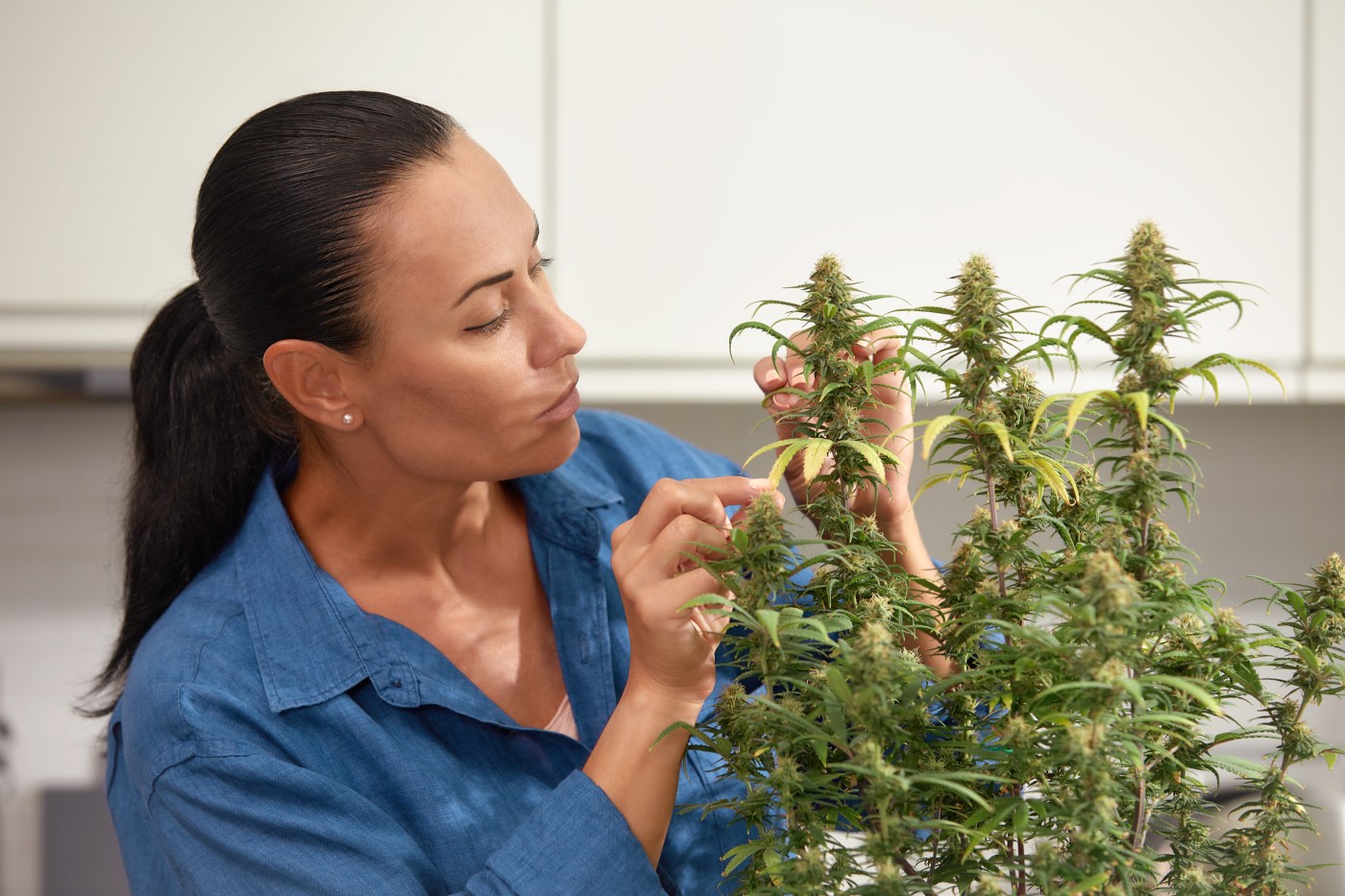So, you’re thinking about growing your own cannabis at home? Fantastic! Not only can it be a rewarding hobby, but it also gives you control over what you consume. Let’s dive into the essentials of home cultivation, ensuring you get the best out of your green endeavors.
Understanding the Basics
First off, it’s crucial to know that cannabis cultivation is subject to legal regulations that vary by location. Before planting your first seed, make sure to familiarize yourself with local laws to ensure you’re in the clear.
Cannabis plants come in two primary species: Cannabis sativa and Cannabis indica. Sativa strains are known for their uplifting effects and taller growth, while Indica strains tend to be more relaxing and shorter in stature. Depending on your preferences and space, choose a strain that suits your needs.
Setting Up Your Grow Space
Whether you have a spacious backyard or a cozy closet, you can set up a grow space that works. Here’s what you’ll need to consider:
Light: Cannabis plants require ample light. Outdoors, they thrive in direct sunlight. Indoors, you’ll need to invest in quality grow lights.
Air: Proper ventilation is vital. Fresh air helps prevent mold and ensures plants get the CO₂ they need.
Temperature and Humidity: Aim for temperatures between 70-85°F during the day and slightly cooler at night. Humidity levels should be around 40-60% during the vegetative stage and reduced during flowering.
Growing Medium: Soil is the most common medium, but hydroponic systems are also popular. Ensure your medium has good drainage and is rich in nutrients.
The Growth Stages
Understanding the life cycle of cannabis will help you provide the right care at each stage:
Germination: This is when your seed sprouts. Place seeds in a moist environment until they crack open and tiny roots appear.
Seedling: Once sprouted, the plant enters the seedling stage, characterized by the development of its first leaves.
Vegetative: During this phase, the plant focuses on growing leaves and stems. Ensure it gets plenty of light and nutrients rich in nitrogen.
Flowering: This is when buds form. Adjust light cycles to 12 hours on and 12 hours off to induce flowering.
Nutrients and Watering
Cannabis plants are hungry for nutrients, especially nitrogen, phosphorus, and potassium. During the vegetative stage, they crave more nitrogen, while during flowering, they need more phosphorus and potassium. Over-fertilizing can harm your plants, so start with smaller amounts and adjust as needed.
Watering requires a balance. Overwatering can lead to root rot, while underwatering can stunt growth. A good rule of thumb is to water when the top inch of soil feels dry.
Training and Pruning
To maximize yields and ensure even light distribution, consider training techniques:
Topping: Cutting the main stem encourages bushier growth.
Low-Stress Training (LST): Gently bending stems to spread them out allows more light to reach lower branches.
Pruning: Removing unnecessary leaves and branches improves airflow and light penetration.
Pest and Disease Management
Even indoor gardens aren’t immune to pests. Regularly inspect your plants for signs of:
Spider Mites: Tiny bugs that create webbing on leaves.
Aphids: Small insects that suck sap, leading to curled leaves.
Powdery Mildew: A white, powdery fungus on leaves.
Using neem oil or insecticidal soaps can help manage pests. Maintaining proper humidity and airflow reduces the risk of mold and mildew.
Harvesting and Curing
After weeks of care, it’s time to reap the rewards:
Harvesting: When the majority of pistils (the hair-like structures on buds) darken and curl in, it’s a good indicator that buds are ready.
Drying: Hang trimmed branches upside down in a dark, ventilated area for about a week.
Curing: Place dried buds in airtight jars, opening them daily for the first week to release moisture. This process enhances flavor and potency.
Continuous Learning
The world of cannabis cultivation is vast and ever-evolving. Resources like Jorge Cervantes’ “Marijuana Horticulture: The Indoor/Outdoor Medical Grower’s Bible” offer in-depth knowledge. Engaging with local cultivation clubs or online forums can also provide valuable insights and support.
Final Thoughts
Growing your own cannabis is a journey filled with learning and satisfaction. By understanding the plant’s needs and being attentive to its environment, you can cultivate high-quality buds right at home. Remember, patience and observation are key. Happy growing!
Related Articles
The Cannabis Time Machine: From Ancient Rituals to a Billion-Dollar Boom
Cyptocurrency’s Role In The Cannabis Industry
Cannabis: Miracle Cure or Modern Myth? The Truth About Its Healing Powers
The Science of Chill: How Cannabis Works in Your Brain and Body
The Rise of High-Potency Edibles: Are THC Gummies, Chocolates, and Beverages Getting Too Strong?





